1. Elk River, Idaho
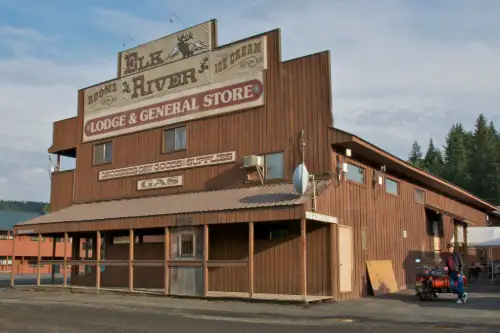
In this former logging town, mountains and thick forest make cellphone towers hard to place. The terrain creates dead zones that still haven’t been filled, and the population is too small to attract big providers. Internet exists but is limited, slow, and often interrupted. Most communication still happens via landline and word of mouth.
Elk River has embraced its unplugged status as part of its charm. The town draws campers, anglers, and snowmobilers who want to get away from it all. Visitors often joke about not getting any bars—then realize they don’t miss them. Here, nature is the main network people log into.
2. Green Bank, West Virginia
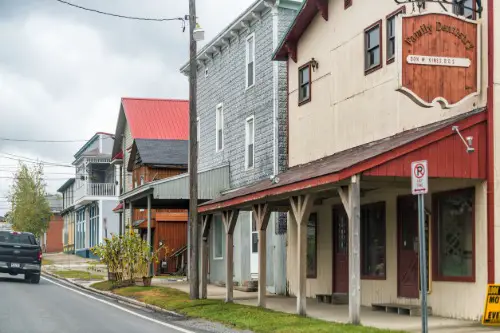
Nestled in the National Radio Quiet Zone, Green Bank is one of the last places in America where wireless signals are essentially banned, according to Eric Spitznagel from The New York Post. The town is home to the Green Bank Observatory, which studies faint signals from space—meaning WiFi and cellphones are strictly limited. Residents use landlines and dial-up, and businesses rely on paper records or satellite internet (which is slow and expensive). It’s one of the few places left where teenagers hang out at the library just to use a computer.
That scientific necessity has created an unexpected sanctuary for people who suffer from electromagnetic hypersensitivity. They move here for relief, often describing it as the only place they can live without debilitating symptoms. Locals have grown used to the peace and quiet, and some even embrace the break from tech overload. It’s a community built on both curiosity and quietude.
3. Monowi, Nebraska
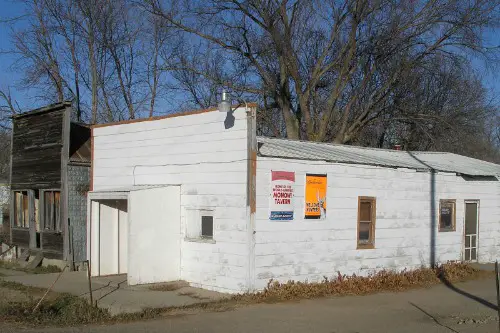
Monowi has a population of one—yes, one—and that person is Elsie Eiler, according to Will Francome, Megan Garner, and Eliot Stein from the BBC. She’s the mayor, bartender, and librarian, and unsurprisingly, high-speed internet is not exactly a top concern. The lack of digital infrastructure isn’t by design, it’s just that there’s no one else around to use it. Cell towers aren’t nearby, and there’s not enough demand to justify the cost of installation.
Elsie runs the town’s bar and handles everything from taxes to paperwork. While she technically could get satellite internet, she finds her lifestyle doesn’t need it. In a way, Monowi is a tiny time capsule of rural America’s past. With so little demand, there’s no pressure to modernize—and Elsie seems perfectly fine with that.
4. Supai, Arizona
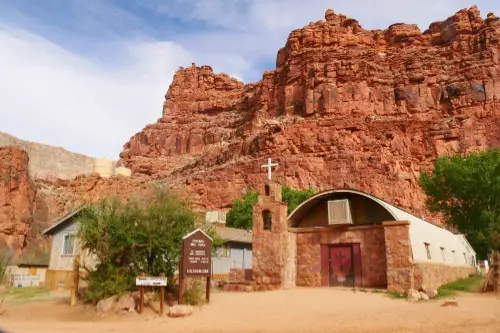
Located at the bottom of the Grand Canyon, Supai is only accessible by foot, mule, or helicopter, according to Reuben Hernandez and Eliot Stein from the BBC. Home to the Havasupai Tribe, it’s considered the most remote community in the continental U.S. Cellphones don’t work down here, and internet access is almost nonexistent due to geography. The mail still arrives by mule, which pretty much says it all.
Living off-grid is part of life here, and residents have adapted with a deep connection to the land and each other. The lack of digital contact means more face-to-face communication and stronger community bonds. Visitors often describe it as stepping into another century. For the Havasupai, preserving their way of life is more important than catching the next text.
5. Hog Island, Maine
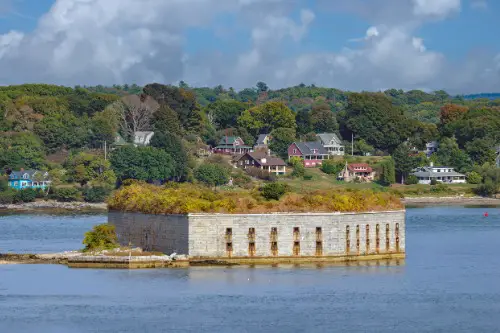
Hog Island is known more for birds than broadband, according to Noah Brinkman from Boulder County Audubon. This Audubon bird sanctuary has no residents year-round, but it hosts camps and programs in the warmer months. There’s no cell service, and the internet is spotty when it’s available at all. Campers and staff embrace the disconnect, using walkie-talkies and hand-written notes instead.
The remoteness is intentional—it’s all about immersing yourself in nature without distractions. People come here to unplug, birdwatch, and enjoy the quiet. The lack of internet isn’t a flaw; it’s part of the experience. Hog Island is proof that you don’t always need a signal to connect.
6. Centralia, Pennsylvania
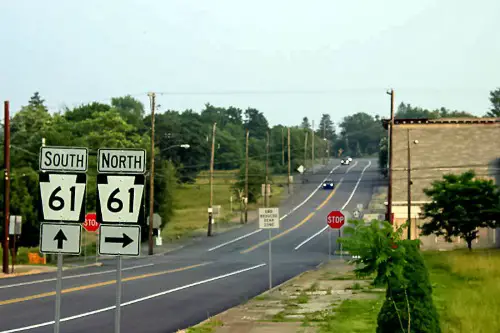
This nearly-abandoned mining town has fewer than 10 residents left after an underground coal fire in the ’60s made most of it uninhabitable. The fire is still burning today, and with almost no one left, there’s little infrastructure—including cell towers or broadband. The few remaining residents live with extremely limited utilities and no modern digital access. There’s no incentive for service providers to invest in the area.
Centralia is more a ghost town than a functioning community, but it’s still on the map. People stop by out of curiosity, drawn by the smoky streets and eerie quiet. The internet isn’t missed much—there’s simply no one around to miss it. It’s one of the few places where you can quite literally fall off the grid.
7. Kalaupapa, Hawaii
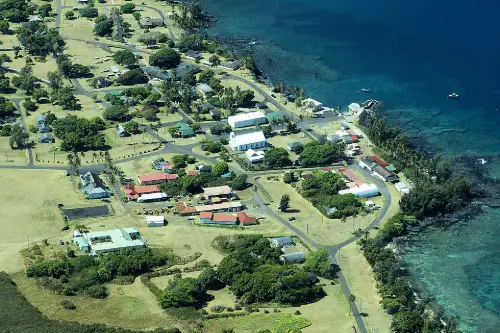
This tiny settlement on Molokai’s north shore is surrounded by steep cliffs and accessible only by plane, boat, or a challenging hike. Originally a leper colony, Kalaupapa still houses a small number of former patients who chose to remain after the isolation law was lifted. It has minimal infrastructure, and digital access is extremely limited. Cellphones don’t work well, and internet is slow and spotty at best.
Because of its unique history, modernization has been slow and careful. There’s a deep respect for the residents’ privacy and way of life. Technology hasn’t been a priority, and many prefer it that way. It’s one of the last places in Hawaii where the only bars you’ll see are on the beach—not your phone.
8. Ten Sleep, Wyoming
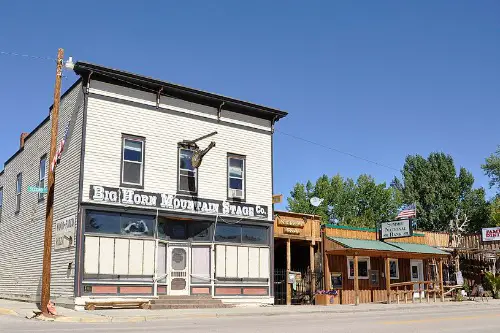
Despite its picturesque name and stunning setting, Ten Sleep is pretty sleepy when it comes to connectivity. Surrounded by mountains and prairies, its remote location makes digital access unreliable. Cell service can disappear as quickly as the sun behind the cliffs, and broadband is a luxury, not a guarantee. Most residents are used to this and have built lives that don’t revolve around tech.
Local cafes double as WiFi hubs, but people mainly gather to talk rather than scroll. The town thrives on agriculture, outdoor life, and old-school socializing. That slower pace is exactly what attracts newcomers and keeps long-timers happy. In Ten Sleep, face-to-face trumps FaceTime.
9. Beaver Island, Michigan
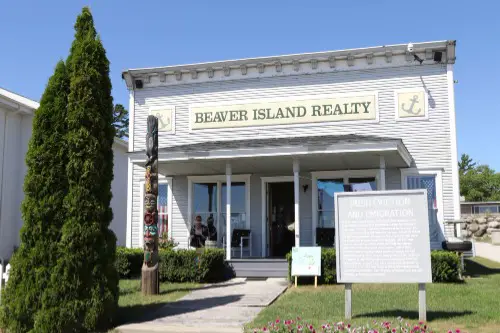
Floating in Lake Michigan, Beaver Island is known as America’s “Emerald Isle”—and it’s as isolated as it sounds. Ferries and small planes are the only way to get there, and digital infrastructure hasn’t quite caught up. Cell service is unreliable, especially during storms, and internet speeds fluctuate with the weather. It’s not uncommon for residents to go without service for days.
This isolation fosters a close-knit, self-reliant community. Locals fix their own problems, grow their own food, and entertain each other with music and storytelling. The island even has its own unique dialect and traditions. It’s a throwback kind of place, where missing a call isn’t a crisis—it’s just Tuesday.
10. Guffey, Colorado
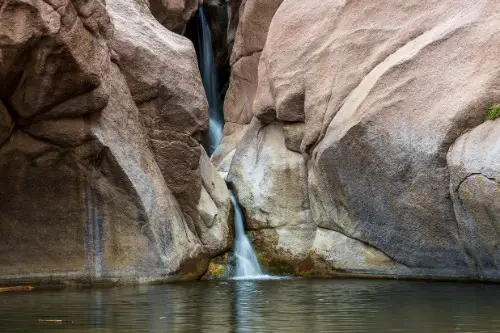
Tucked into the mountains, Guffey is a quirky little town with about 100 residents and a deep love for off-grid living. Many locals have chosen to live without modern amenities, relying instead on solar panels, generators, and old-fashioned know-how. Cell service is nearly nonexistent due to the terrain, and internet comes via satellite—when it comes at all. For some, that’s just the way they like it.
The town has an artistic, independent vibe, complete with a “mayor” that was once a cat. Community events and face-to-face chats are the norm. It’s the kind of place where people know each other’s dogs by name. In Guffey, being unreachable isn’t a problem—it’s a feature.
11. Brush Creek, Tennessee
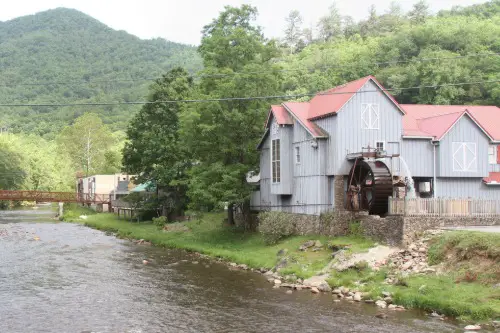
Brush Creek is a small, unincorporated community that often slips under the radar—literally and digitally. Nestled in the hills of Middle Tennessee, the rolling terrain makes cellphone signals weak or nonexistent in many parts. Broadband internet is slowly making its way out there, but many homes still rely on satellite or none at all. Some residents report needing to drive to the next town just to send an email.
The upside? A quiet, rural life where people spend more time outside than online. Neighbors know each other, and life is lived at a slower, more intentional pace. The community is tight-knit, and there’s a real sense of independence. Brush Creek proves you don’t need blazing-fast WiFi to feel connected.
12. Jarbidge, Nevada

This old mining town is about as remote as you can get—tucked into the northeastern edge of Nevada near the Idaho border. The last stretch of road into Jarbidge is often unpaved and closed in winter, making it physically—and digitally—isolated. There’s no cellphone service at all, and internet options are limited and often unreliable. Many locals are just fine with that.
The town has held on to its wild-west roots, with a handful of hardy residents who cherish the solitude. Tourists visit for the backcountry hiking and the “end of the road” vibe. Without service, people end up talking to strangers and enjoying the scenery instead of their screens. Jarbidge isn’t for everyone—but it’s paradise for those who love being unreachable.
13. Owl’s Head, Maine
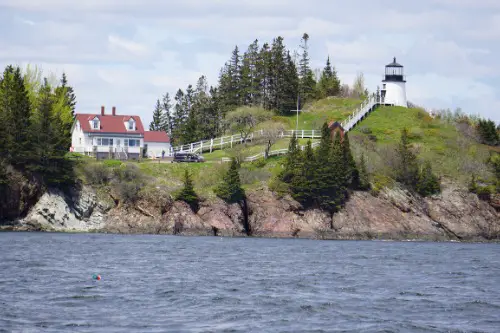
Perched on the rocky coast, Owl’s Head is better known for its lighthouse and lobster boats than its bandwidth. While it’s not completely cut off, there are still parts of the town where cell service is spotty or simply absent. Internet speeds are wildly inconsistent, and some older homes have never been wired for it at all. Residents have learned to live with dead zones and tech hiccups.
The charm here lies in the simplicity—quiet harbors, foggy mornings, and community fish fries. People spend more time outdoors or on the water than glued to screens. It’s not that technology isn’t wanted, it’s just that nature comes first. And when you live where the sea meets the sky, it’s easy to forget about missing signals.
14. Stehekin, Washington
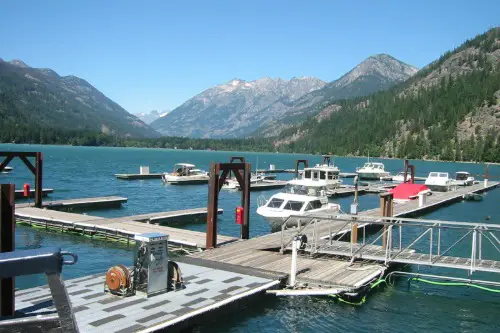
You can only reach Stehekin by boat, seaplane, or a very long hike, which means it’s one of the most isolated spots in the lower 48. Tucked into the North Cascades, this small community has no cell service and only limited, pricey satellite internet. Most communication happens via radio, or face-to-face the old-fashioned way. Tourists often arrive expecting to post selfies—then realize their phones are just expensive cameras here.
Life in Stehekin revolves around nature, community, and self-sufficiency. Locals grow food, generate their own power, and take pride in doing things themselves. It’s a place where modern conveniences take a backseat to mountain views and quiet days. And once you adjust, the silence becomes its own kind of luxury.
15. New Amsterdam, Indiana

Not far from the Ohio River, New Amsterdam is one of Indiana’s oldest towns—and also one of its smallest, with a population that hovers around 30. Floods and time have left this tiny town with minimal infrastructure, including a serious lack of cell service and spotty internet access. Many homes rely on outdated DSL or none at all, and cell signals drop off quickly in the surrounding hills. It’s not intentional disconnection, just decades of being overlooked.
Despite its size, the town still holds on with resilience and a sense of history. Residents host community events and look after one another in the absence of modern tools. It’s a place where progress comes slowly, if at all—but where people make do with what they have. For the folks who call it home, that’s more than enough.


